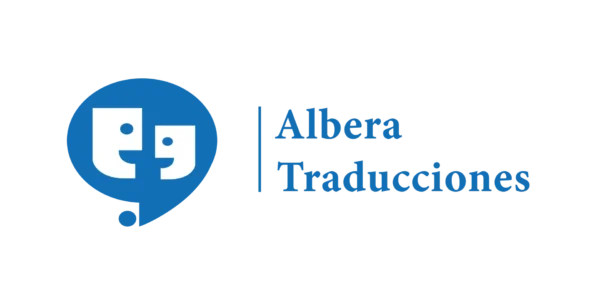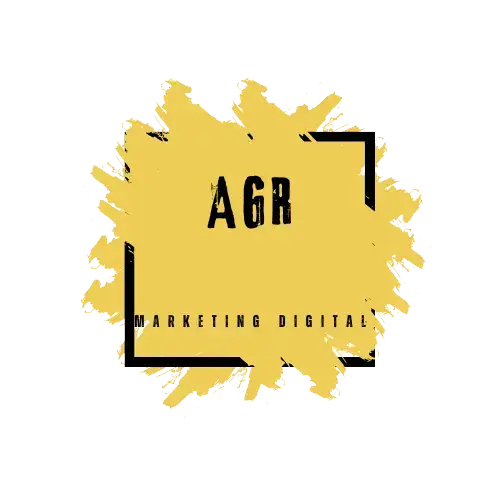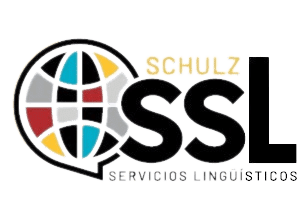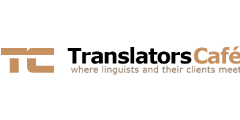Introduction
Imagine you’re walking into a bustling marketplace, where scores of businesses are vying for attention. Amidst the chaos, how do you ensure that your brand stands out? In the world of B2B marketing, one of the most powerful tools at your disposal is copywriting. From crafting engaging blog posts to creating persuasive sales emails, copywriting can help you captivate your target audience and drive them towards action. This comprehensive guide will serve as your roadmap to mastering the art of copywriting within the B2B space.
Before we delve into the specifics, let’s clarify what exactly copywriting entails. At its core, copywriting is the art of using words to persuade, inform, and engage. It involves carefully selecting the right language, tone, and structure to convey your message effectively. In the context of B2B marketing, copywriting plays a crucial role in building brand awareness, establishing credibility, and ultimately driving conversions.
Now that we have a clear understanding of the importance of copywriting, let’s embark on our journey towards becoming a master wordsmith in the B2B realm.
Understanding Your Audience
The first step on our copywriting roadmap is gaining a deep understanding of your target audience. To create compelling content, you must know who you are speaking to and what motivates them. Start by developing buyer personas, which are fictional representations of your ideal customers. These personas should include demographic information, pain points, goals, and challenges. By understanding your audience’s needs and aspirations, you can tailor your messaging to resonate with them on a personal level.
Once you have your buyer personas in place, it’s time to conduct thorough research. Dive into industry reports, customer feedback, and competitor analysis to gain insights into your target audience’s preferences, pain points, and purchasing behaviors. This research will serve as the foundation for your copywriting strategy, allowing you to craft messages that address your audience’s specific needs and position your brand as a solution to their problems.
With a deep understanding of your audience, you can now move on to the next step in our copywriting roadmap: defining your unique value proposition.
Crafting a Compelling Value Proposition
In the crowded B2B landscape, it’s not enough to simply state that your product or service is the best. You need to clearly articulate what sets you apart from the competition and why your target audience should choose you. This is where your unique value proposition (UVP) comes into play. Your UVP is a concise statement that communicates the unique benefits and value that your brand offers.
To craft a compelling UVP, start by identifying your key differentiators. What makes your product or service stand out? Is it your innovative technology, exceptional customer service, or industry expertise? Once you’ve identified your differentiators, distill them into a clear and concise statement that highlights the specific benefits your audience can expect.
Remember, your UVP should be customer-centric and focused on solving their pain points. Use language that resonates with your audience and clearly communicates the value they will receive by choosing your brand. By crafting a compelling UVP, you will capture your audience’s attention and pique their curiosity, setting the stage for the rest of your copywriting journey.
Creating Persuasive Content
Now that you have a deep understanding of your audience and a compelling value proposition, it’s time to put your copywriting skills to work and create persuasive content. Whether you’re writing a blog post, a sales email, or a landing page, the principles of effective copywriting remain the same.
First and foremost, focus on crafting attention-grabbing headlines and introductions. In the fast-paced digital world, you only have a few seconds to capture your audience’s attention. Use powerful language, intriguing questions, or compelling statistics to hook your readers from the get-go.
Once you’ve captured their attention, keep your content concise, clear, and benefit-driven. Use storytelling techniques to create an emotional connection with your audience and demonstrate how your product or service can solve their problems or fulfill their desires. Incorporate social proof, such as customer testimonials or case studies, to build credibility and trust.
Finally, don’t forget to include a clear call-to-action (CTA) in your copy. Whether it’s encouraging your audience to request a demo, download a whitepaper, or make a purchase, your CTA should be compelling and straightforward. Guide your audience towards the desired action and make it easy for them to take the next step.
Conclusion
Mastering the art of copywriting is a journey that requires continuous learning and refinement. By understanding your audience, crafting a compelling value proposition, and creating persuasive content, you can make a lasting impact in the B2B space. Remember to always put yourself in your audience’s shoes and speak to their needs and aspirations. With practice and dedication, you can become a master wordsmith and drive your B2B marketing efforts to new heights.












